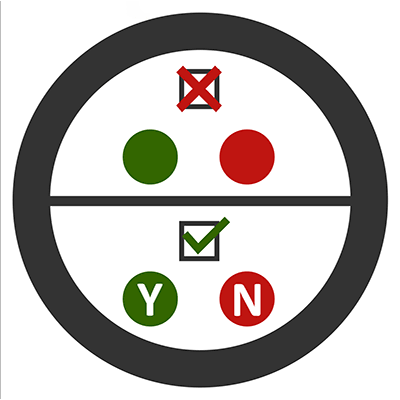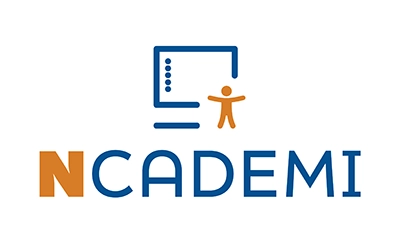Color Use

Overview
Using color in a document or webpage, such as color-coding data in a graph, is a common way to convey meaning and create visual interest.
Why Color Use Matters
Relying solely on color to convey information can create barriers for students who cannot perceive color differences. By providing additional visual or textual cues, you make sure that all students can access and understand the content.
Tips for Success
- Use more than just color to convey meaning. Pair color with text, icons, patterns, etc.
- Apply colors consistently across similar types of content to reduce confusion.
Color Use Applied: Teaching Students How To Label Charts
Mr. Wilson teaches digital literacy in his high school. Today, he is teaching his students how to create charts in Excel. Like 8% of men, Mr. Wilson is colorblind—he has a form of red-green color deficiency called deuteranomaly—so he understands the importance of creating charts that are accessible to colorblind users.

While teaching the class, Mr. Wilson shows students how to choose a colorblind-friendly palette with colors like blue and orange that makes it easier for people with red-green colorblindness to see difference in the chart. He explains that some people have difficulty distinguishing other colors and teaches the students how to use cues like text labels on bar charts and data point markers on line charts.
After the lesson, a student tells Mr. Wilson that he is also colorblind and thanks him for making the content accessible and explaining how to do it and why it matters.
